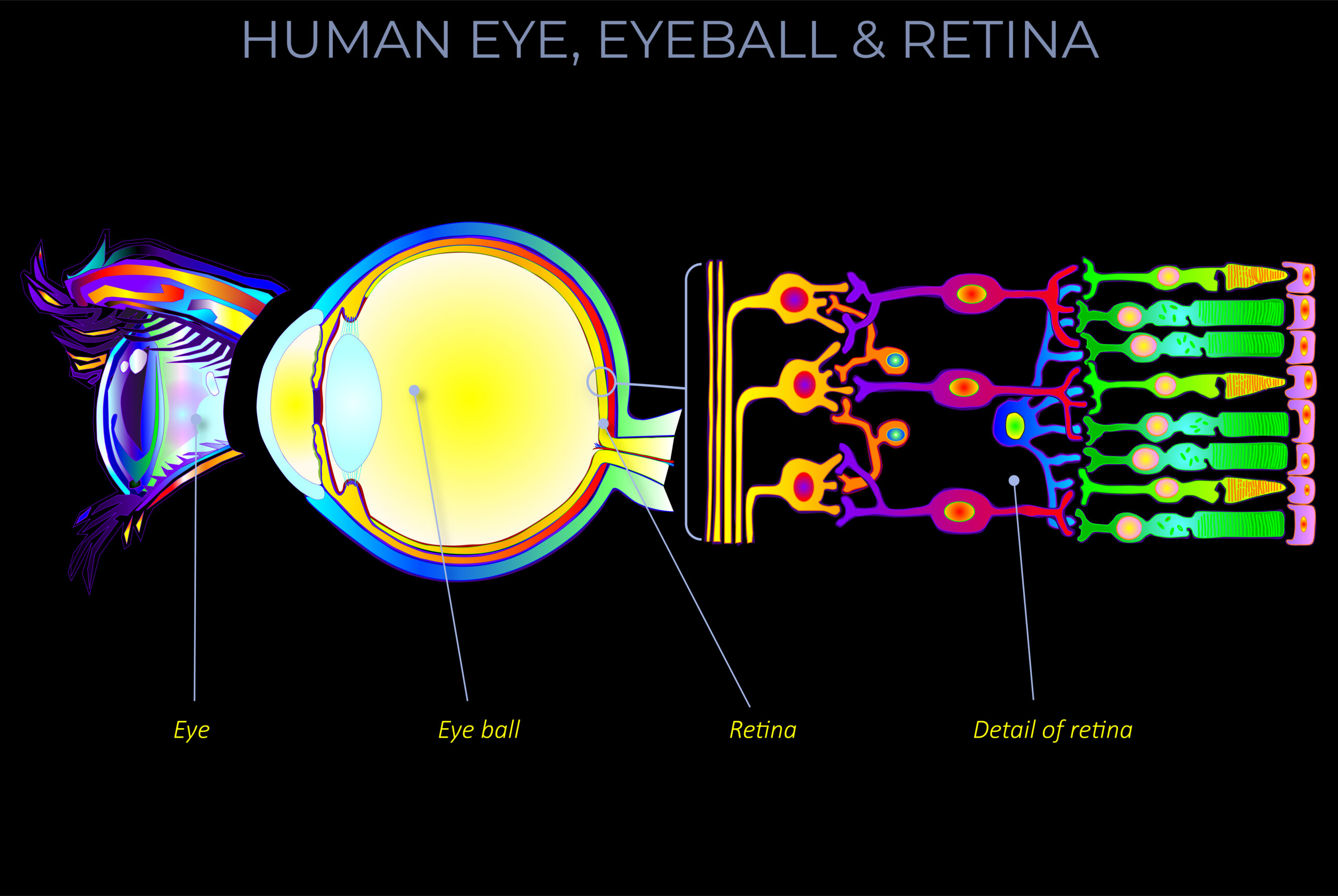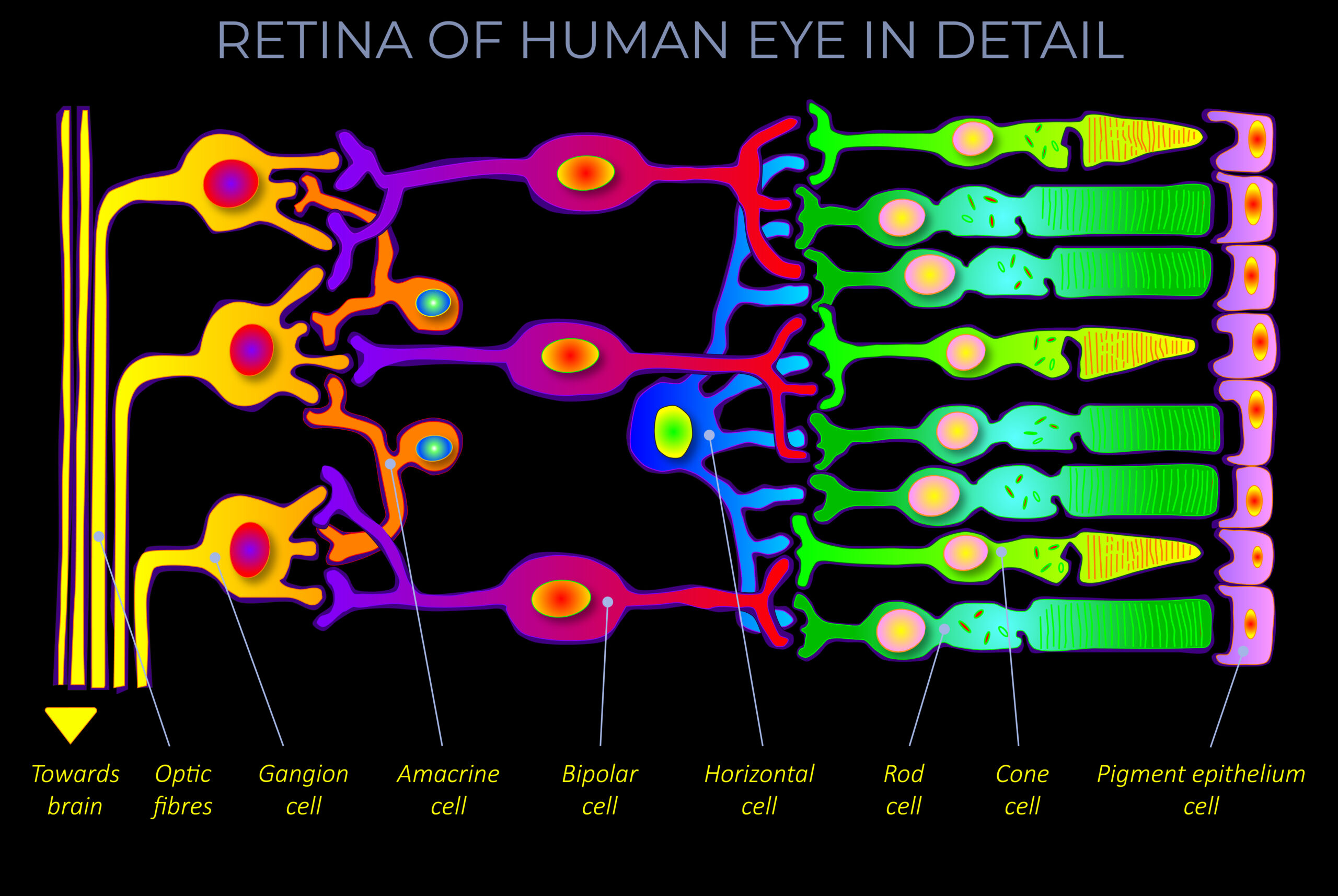The lateral geniculate nucleus (LGN) is a relay centre in the visual pathway from the eye to the brain. It receives signals from the retina via the axons of ganglion cells. The thalamus, a part of the brain located near the brainstem, houses the LGN.
- The thalamus which houses the lateral geniculate nucleus is a small structure within the brain, located just above the brain stem between the cerebral cortex and the midbrain and has extensive nerve connections to both.
- The LGN specializes in processing visual information from both eyes. It resolves relationships between different visual inputs, helping us understand the sequence of events and the location of objects in our field of view.
- Some of this processing involves signals from one eye, while others deal with information from both eyes to create a three-dimensional perception of the world.The LGN acts as a central connection for the optic nerve to the primary visual cortex in the occipital lobe. Both the left and right hemispheres of the brain have a lateral geniculate nucleus.
- There are three major cell types in the LGN, each connecting to different types of ganglion cells and playing specific roles in vision:
- P cells: Process information about colour and fine detail.
- M cells: Respond to motion.
- K cells: Involved in low-resolution processing.
- The lateral geniculate nucleus (LGN) is a relay centre in the visual pathway from the eye to the brain. It receives signals from the retina via the axons of ganglion cells. The thalamus, a part of the brain located near the brainstem, houses the LGN.
- The thalamus which houses the lateral geniculate nucleus is a small structure within the brain, located just above the brain stem between the cerebral cortex and the midbrain and has extensive nerve connections to both.
- The LGN specializes in processing visual information from both eyes. It resolves relationships between different visual inputs, helping us understand the sequence of events and the location of objects in our field of view.
- Some of this processing involves signals from one eye, while others deal with information from both eyes to create a three-dimensional perception of the world.The LGN acts as a central connection for the optic nerve to the primary visual cortex in the occipital lobe. Both the left and right hemispheres of the brain have a lateral geniculate nucleus.
- There are three major cell types in the LGN, each connecting to different types of ganglion cells and playing specific roles in vision:
- P cells: Process information about colour and fine detail.
- M cells: Respond to motion.
- K cells: Involved in low-resolution processing.


